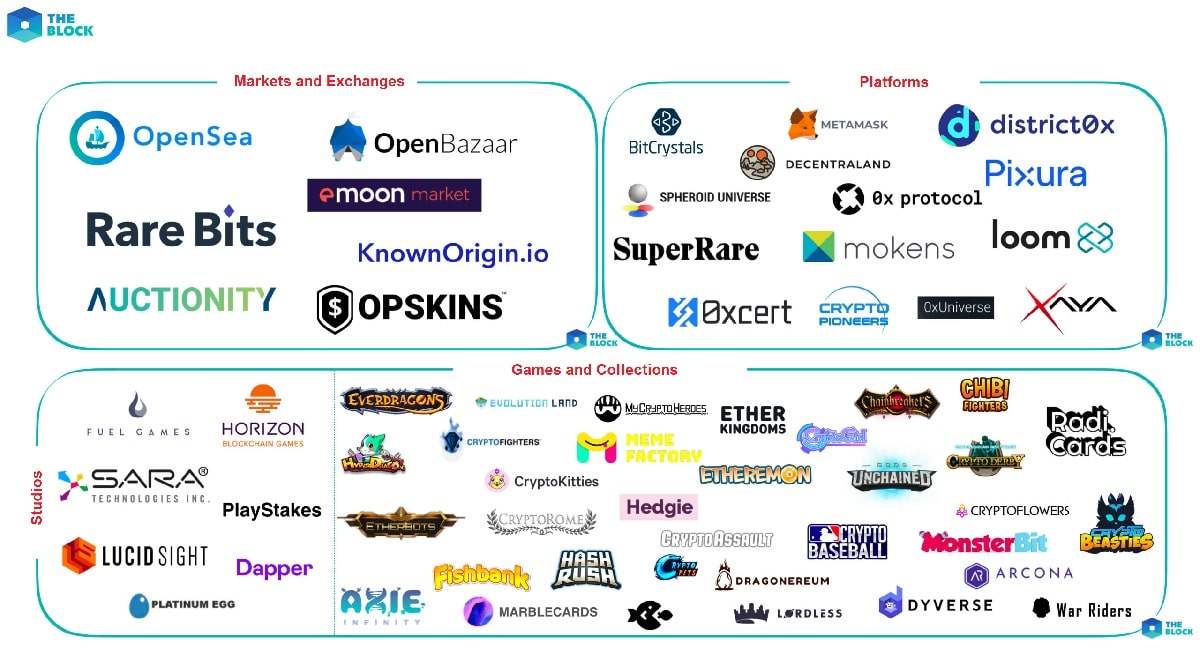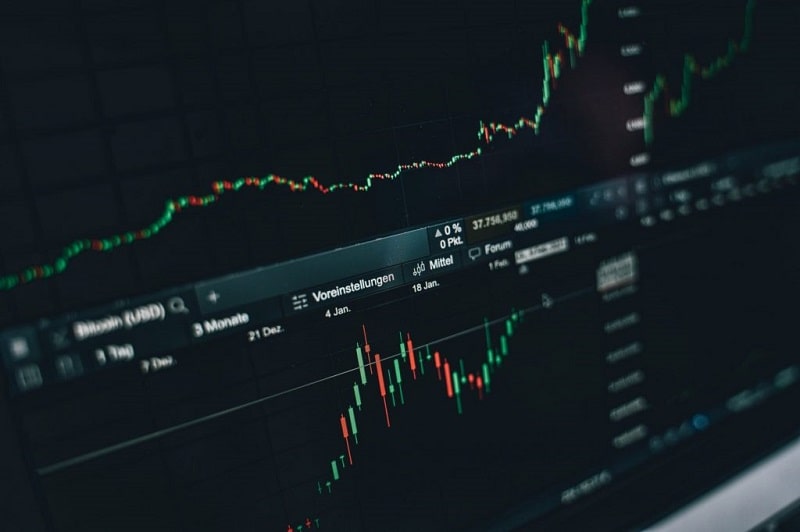What is Non-fungible token or NFT?
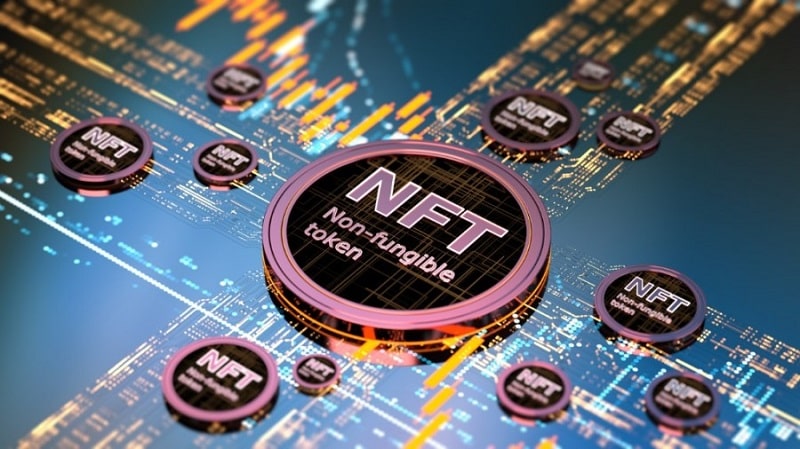
Non-fungible token, or NFT for short, is a unique digital asset. Unlike Bitcoin, Ethereum, and other digital currencies that are similar and have interchangeable units, each NFT unit has specific features that set it apart from other units.
If you do not understand the above definition, there is no need to worry, because in the following, we will explain this new phenomenon in the field of cryptocurrencies in simple terms, using various examples. Also in this article, while pointing out the various benefits and applications of NFTs, we have introduced the projects in this field. Finally, after explaining how to operate in NFT projects, we examine the market and the future of this space.
Fungible and Non-fungible assets
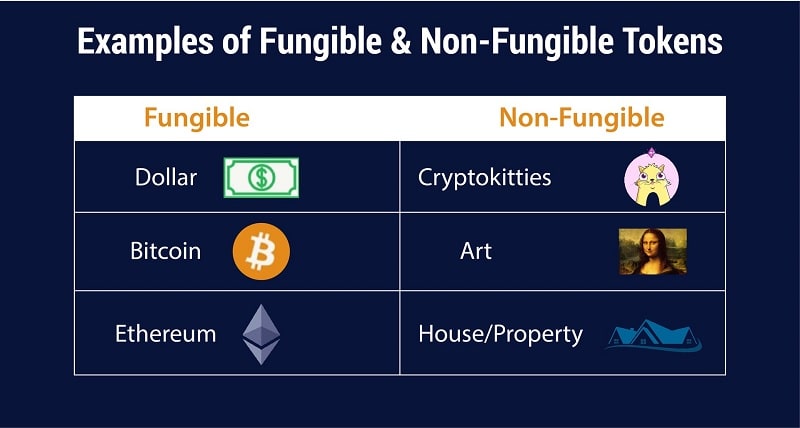
Before explaining what a non-fungible token is, we need to go one step further and understand the difference between being analogous or interchangeable and being non-analogous or irreplaceable.
In economics, a commodity (or money) is considered to be in the form of a Fungible, the units of which are interchangeable and none of which is less valuable or of value known to others.
For example, Bitcoin, Dollar, and banknotes in general are in the category of Fungible assets. A $100 banknote is exactly the same value as another $100 banknote, and both can be exchanged for the same amount of goods. When you lend a $100 banknote to a friend, you do not expect to get back exactly the same banknote later.
In contrast to fungible possessions, there are non-fungible things that surround us. In general, anything that is not a means of exchange is non-fungible.
For example, your laptop, your cell phone, and your car are non-fungible items. If you lend your car to a friend to go on a trip, you expect to get back exactly the same car and not another car. To better understand, the ticket to Premier League Arsenal v Man Utd is also non-fungible.
Another example: Leonardo da Vinci’s masterpiece “Mona Lisa” is completely non-fungible. Can anyone exchange this monument for an ordinary painting, thinking that they are both paintings?
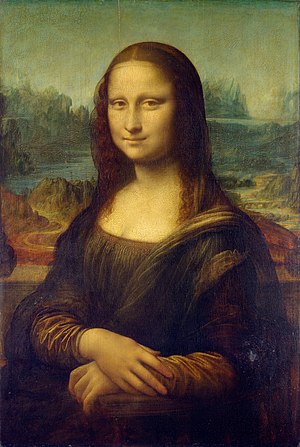
Do not forget that being fungible or not is relative and depends on our view. For example, in the case of a football match ticket, if we have three types of tickets: downstairs, upstairs and special place, all the tickets downstairs are similar to each other and fungible, but they are different from the tickets upstairs and special place. Or, for example, in the case of downstairs tickets, the ticket for the part that is not sunny may be different from the ticket for the part of the sun. However, general conditions will be considered to determine whether or not it is fungible. For example, it has been repeatedly rumored that the US government intends to use serial numbers to invalidate some of the dollar bills in the hands of criminals. Legislators may also declare that Bitcoins at a particular address are infected and no one has the right to exchange them. However, from a public point of view, dollar bills and bitcoins are fungible.
Being fungible or non-fungible of something can also depend on personal thinking. We said a $100 bill is fungible, but a bill, especially one that’s worth the same $100 for others, may be a souvenir of a loved one, and you may not want to trade it for a million dollars.
What is a Non-fungible token?
A Non-fungible token, or NFT, is a digital asset (similar to a cryptocurrency) that is rare and unique and is stored and transferred on a blockchain. Computer game items, collectibles, digital artwork, tickets to various events, domain names, a token house, and… are in the category of Non-fungible tokens.
Ownership of NFT tokens is recorded on the blockchain. Blockchain is, in simple terms, a digital office for storing information. The information stored on the blockchain is shared between all connected computers and cannot be manipulated. Therefore, considering the security and immutability of blockchains, the ownership of a NFT token makes real sense.
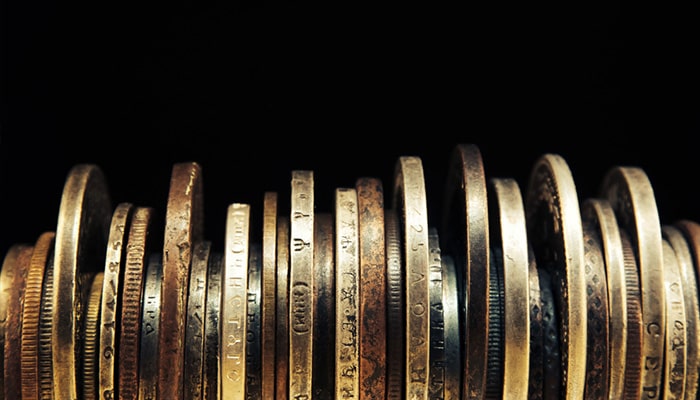
Non-fungible tokens such as regular cryptocurrencies (Bitcoin, Ethereum, etc.) are stored and transferred on digital wallets, and the ownership of an NFT belongs to the wallet holder (private key). However, these tokens have three important features that set them apart from other cryptocurrencies. These features include:
Uniqueness
Non-fungible tokens, as their name implies, are unique, meaning that each has specific features that are not found in other tokens. For example, a 100-meter house on a particular alley on a particular street has a unique look, so if we make a token for this house, the token will be unique.
Rarity
Rarity is one of the attractive features of NFTs. Developers can create unlimited token units, but most of them prefer to greatly increase the scarcity of their nnon-fungible tokens. Some non-fungible tokens make only one number.
Indivisibility
You do not have to buy a bitcoin unit to buy bitcoins. This digital currency is divisible by up to eight decimal places and, for example, you can buy 0.001 from one bitcoin. In contrast, NFTs are indivisible and move only as a whole. You can not buy, for example, 0.01 from a ticket or 0.01 from a game item.
The main advantages of NFTs
Non-fungible tokens are a more advanced form of non-fungible digital assets. In fact, non-fungible digital assets came into play after the advent of the Internet and the expansion of cyberspace, and have been around for a long time. For example, we have been acquiring and storing various virtual items in computer games for a long time, and we have been preparing tickets for various events over the Internet for many years. So what exactly do non-fungible tokens solve? The answer lies in the two main advantages of these tokens:
Real property
The ticket company can easily cancel the ticket you bought for an event. Also in today’s computer games, you are not the real owner of a game item and these items have no value outside of the game. Or if we want to give another example, does your Instagram username really belong to you or Facebook?
The case is different for NFTs. Blockchain technology gives users real ownership through data distribution and encryption.
To better understand this, imagine showing a title deed to a group of 100 people (members of the blockchain) and having everyone take a photo of it with their cell phones (save a copy). Now if anyone wants to say that this property belongs to me (fraud), it is not accepted for that group (blockchain), because they have a copy of the ownership document.
Transfer-ability and transaction
Non-fungible tokens can be transferred very quickly and easily to digital wallets on mobile phones and personal computers and traded in exchange offices. With this innovation, you can easily sell a game item, tickets and other assets for real money or buy them in the open market from other users.
Applications of NFTs
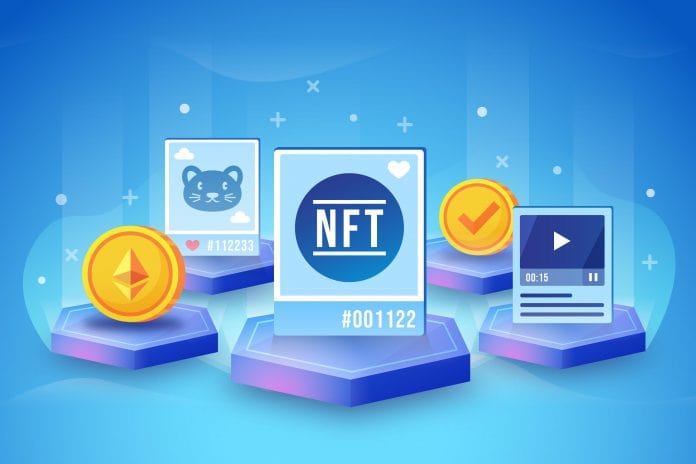
Digital Art
For artists working in the digital realm, copyright protection has always been a major challenge, and stealing works of art in the digital world is easy. On the other hand, with NFT innovation, anyone can buy an artwork and show it off in a digital space.Using the blockchain, a person’s ownership of that artwork is proven using a private key. Artists can also make more profit by eliminating intermediaries.
Collections
An old stamp from 70 years ago has no use today, but it is very valuable and stamp collectors are struggling for it. One of the main uses of non-fungible tokens is to create collectible digital assets. For example, a special football card from your favorite football player, of which there is only one, can be given to you in the form of a token, and you can see its value increase every day. You can read more about this use of non-fungible tokens in the following article.
Game
In computer games today, you can not sell, for example, a weapon or a special clothing (skin). But if we turn game items into tokens, they can easily be sold even outside the game and in online exchanges for other money or digital currencies. Blockchain based games are expanding rapidly, and non-fungible tokens will be an integral part of them.
Virtual Assets
The Ethereum Name Service team, which provides the .ETH domain, has turned these domains into non-fungible tokens. This way the ownership of these domains is guaranteed; Unlike centralized domains owned by centralized companies. These domains can also be traded or transferred easily and without the need for intermediaries.
On the other hand, today people with NFTs can operate in virtual worlds and have their own land, house, equipment and clothing and trade them if they wish. In the following, you will get acquainted with the projects in this field.
Real world assets
Using the innovation of NFTs and the blockchain, a house, land or any other real-world asset can be converted into a token, making trading these assets as easy as sending a text message. However, most judicial and legal authorities still do not recognize these tokens, and there are many technical challenges. So it can be said that there is a long way to go to reach the day when a person has her home token on her mobile phone.
Identity
We all have traits and characteristics that are completely unique. Our appearance, education, medical history, and thousands of other characteristics are quite different. Non-fungible tokens can digitize all of this and give us real control over our data.
If you are a little confused about these applications, do not worry. In the following, we will name several projects in the field of NFT and explain how they work so that you can better understand the applications.
Famous NFT projects
CryptoKitties
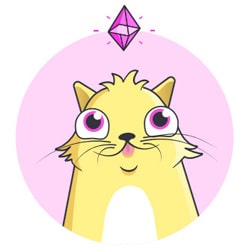
CryptoKitties was the first NFT-based gaming project to launch in 2017 on the Ethereum blockchain. In this game, users collect and trade virtual cats. Cats, each with its own set of physical characteristics, can reproduce and make new cats. If you have superior breed cats or your chances are good, according to genetics you can have a rare and extremely valuable cat. It may sound ridiculous, but only one cat named “Koshkat” in this game, of which there is only one and you can see the picture below, has been put up for sale for 500 ETH.
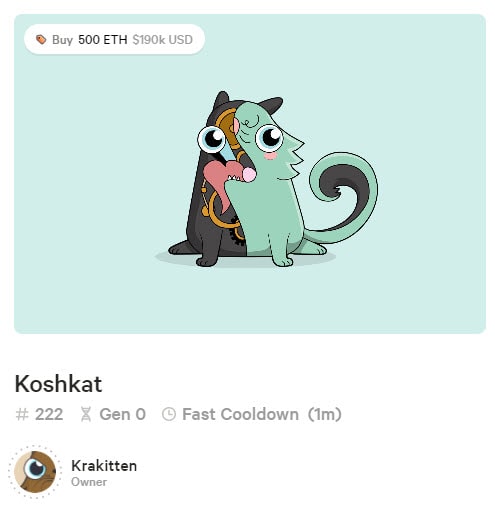
These cats have no use other than being collectible and can not even entertain you like real cats, just like old stamps and banknotes that have no use but are valuable.
CryptoKitties cats are traded with Ether and stored in Ethereum wallets. So when a cat is bought, its ownership will be fully transferred and no one can infringe on it.
Decentraland
Live in a virtual world and acquire virtual assets, assets that really belong to you and that you can trade for real money; This was a summary of the Decentraland project.
In this game, which is based on the Ethereum blockchain, people can trade virtual lands called “LAND” using the network’s native digital currency, “MANA”. The backgrounds of this game are in fact non-fungible tokens that are stored on Ethereum wallets. In addition to land, collectibles, clothing, and other items can be collected and traded in Decentraland. The platform is still in its infancy, but has already attracted the attention of a large number of blockchain activists.
Digital Art
Digital art (paintings and artwork created with digital technologies and tools) is another field that will benefit from NFTs. What makes a physical painting valuable is its ability to prove ownership and that collectors can place it in a corner of their home for display. In the digital world, it has always been difficult to prove ownership of a work, but now one can hope to end the theft of works of art on the Internet.
Today, artists can sell or auction their digital artwork on platforms such as SuperRare. Buyers actually buy tokens and save them on their wallets. Collectors can trade these tokens (works of art) directly and much faster than traditional methods. Of course, due to the digital nature of the paintings, it is possible for other people to save a low-quality copy of these works on their computer or mobile phone, but if they are used somewhere, the ownership can be used to prove ownership.
Card Games
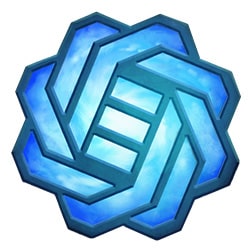
Most of us have experienced physical card games as children. In these games, players play with each other according to the rules of each game using cards (which represent power in the game) and try to defeat the other. Sometimes some cards are unique and of great value to players. For example, when we were playing football cards as a child, a special card from someone like David Beckham was very valuable and we were not willing to trade it for a hundred more.
Now, card games are open to the digital world. With the help of NFT standards in today’s blockchain card games, each card is a non-fungible token that is stored in digital wallets and can be exchanged for real money in exchange offices.
At the time of this writing, the most popular blockchain-based card game is Godsunchained. In this game, players can use their cards to fight other people from around the world. Initially, players receive free cards that have no value, but with continuous play and rewards, they can earn unique cards. In the game market, sometimes a special card is sold for more than $10,000.
In the case of other games (for example, action or racing games), the blockchains do not yet have the necessary capacity and the necessary infrastructure has not been provided. However, giants such as Vodafone and Ubisoft have taken steps to get started.
Internet domain names
Another great asset class in the field of non-fungible tokens is domain names. These domain names act similarly to .com domain names but interact with decentralized technologies. Ethereum Name Service company (ENS) offers.ETH domains as tokens, so it will be very easy to transfer these domains to another person. According to the company’s official website, more than 194,000,000 decentralized domains have been registered so far.
Another company active in this field is Unstoppable Domains, which offers .Crypto domain names.
The above are some of the most popular projects in the field, but the use of non-fungible tokens can go far beyond collectins or games if you have the right infrastructure. We will probably soon see projects in this area that are hard to imagine right now.
In the image below, you can see some of the most important NFT projects:
